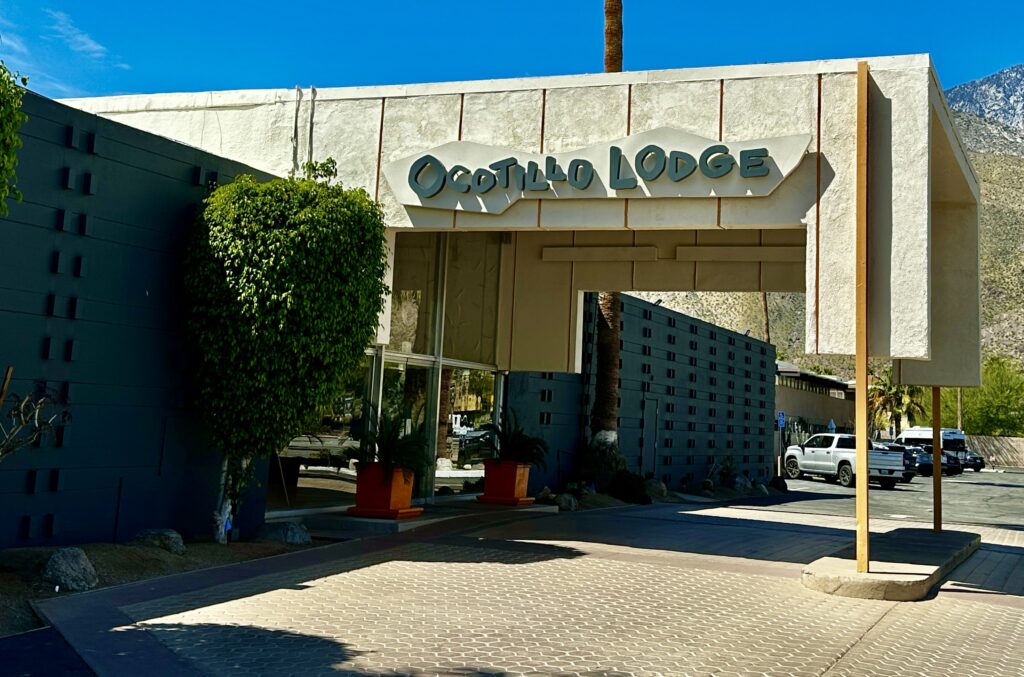William Krisel, a name synonymous with mid-century modern architecture in Southern California, wasn’t just a designer; he was a pioneer who democratized the style, making it accessible to a broad audience. Born in 1924 in Shanghai to American parents working for the U.S. State Department, Krisel’s early life was steeped in a unique cultural blend. He spent his formative years in China until the age of 13, when his family returned to the United States. California became his new home, and Beverly Hills High School his stomping grounds.
World War II called upon Krisel’s service, and he found himself stationed in China, ironically returning to his birthplace. This time, however, he wasn’t a resident; he was a soldier assigned to General Joe Stilwell as a Chinese interpreter. The experience undoubtedly honed his cultural sensitivity and adaptability, skills that would later prove valuable in his design career.
Following the war, Krisel set his sights on a different kind of battlefield – the realm of architecture. He enrolled at the University of Southern California (USC) and emerged with a degree in architecture, ready to leave his mark on the world. His passion extended beyond buildings; in 1954, he became a licensed landscape architect, showcasing a holistic approach to design that encompassed both structures and their surrounding environments.
Krisel’s career took flight when he partnered with Dan Palmer, forming the architectural firm Palmer & Krisel. Together, they embarked on a prolific journey, designing over 30,000 living units throughout Southern California. Their work spanned over five decades, leaving an indelible mark on the region’s architectural landscape.
One of the defining moments in Krisel’s career came when he befriended developer Bob Alexander. This friendship blossomed into a fruitful collaboration, with Krisel receiving the call to design a tract of modernist houses in the Coachella Valley. The resulting project, Smoke Tree Valley (now known as Twin Palms for its iconic twin palm tree feature), became a testament to Krisel’s ability to translate high-style design into mass appeal. These homes, characterized by clean lines, open floor plans, and a seamless connection to the desert environment, embodied the essence of mid-century modernism.
Krisel’s design philosophy wasn’t driven by a desire to create exclusive enclaves for the wealthy. He believed that everyone deserved to live in a beautiful and functional space. His commitment to affordability made him a champion of tract housing, a concept often criticized for its uniformity. However, Krisel saw an opportunity to elevate the concept, injecting modern aesthetics and thoughtful design into these mass-produced communities.
Beyond Smoke Tree Valley, Krisel and his firm left their mark on numerous Southern California locations, including Palm Springs, Los Angeles, San Diego, and Las Vegas. Alexander Construction Company became a frequent collaborator, recognizing Krisel’s ability to translate their vision for accessible modern living into reality. Their partnership resulted in the creation of vibrant communities that embodied the spirit of the times – stylish, functional, and perfect for a burgeoning post-war California lifestyle.
Krisel’s architectural vocabulary drew inspiration from the modernist giants of the era, such as Richard Neutra and Joseph Eichler. However, he wasn’t simply a copycat. He adapted the principles of modernism to the specific needs and climate of Southern California. His designs incorporated expansive windows to maximize natural light, embraced open floor plans for a sense of spaciousness, and utilized patios and courtyards to blur the lines between indoor and outdoor living – all hallmarks of California living.
Krisel’s legacy extends beyond the physical structures he designed. He played a pivotal role in shaping the visual identity of Southern California, particularly the desert regions. His work not only provided affordable housing but also fostered a sense of community and a connection to the natural environment. Today, these mid-century modern gems are experiencing a resurgence in popularity, attracting a new generation who appreciates Krisel’s timeless designs and commitment to accessibility.
William Krisel’s story is one of innovation, accessibility, and a deep respect for the California lifestyle. He was a true modernist who believed that good design shouldn’t be a privilege reserved for the few. Through his prolific work, Krisel democratized mid-century modernism, leaving behind a legacy of beautifully designed and livable spaces that continue to inspire architects and homeowners alike.
#MidCenturyModern #WilliamKrisel #PalmSpringsArchitect #DesertModernism #AccessibleDesign #CaliforniaLiving #TwinPalms #USCArchitecture #AlexanderConstruction #PostWarLiving

